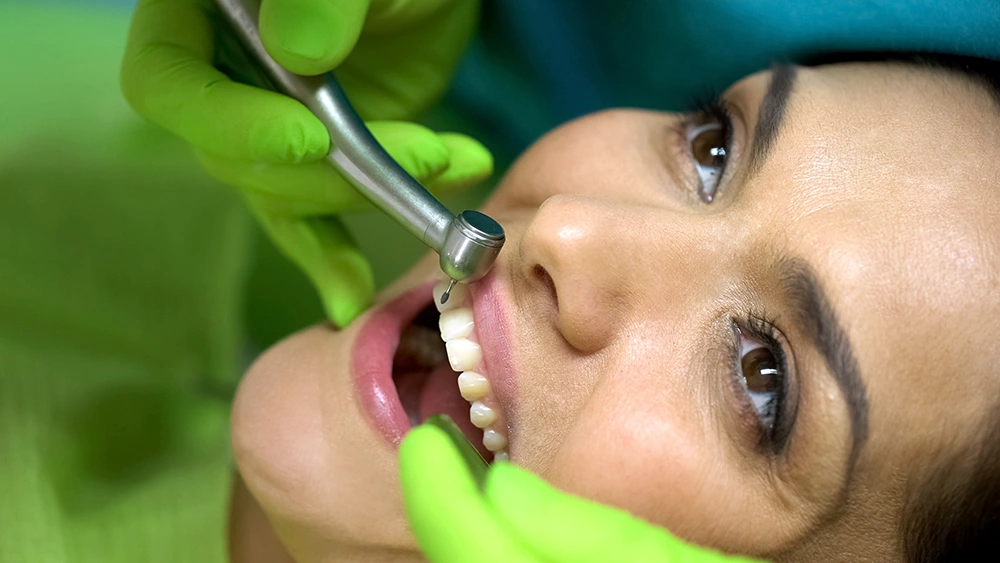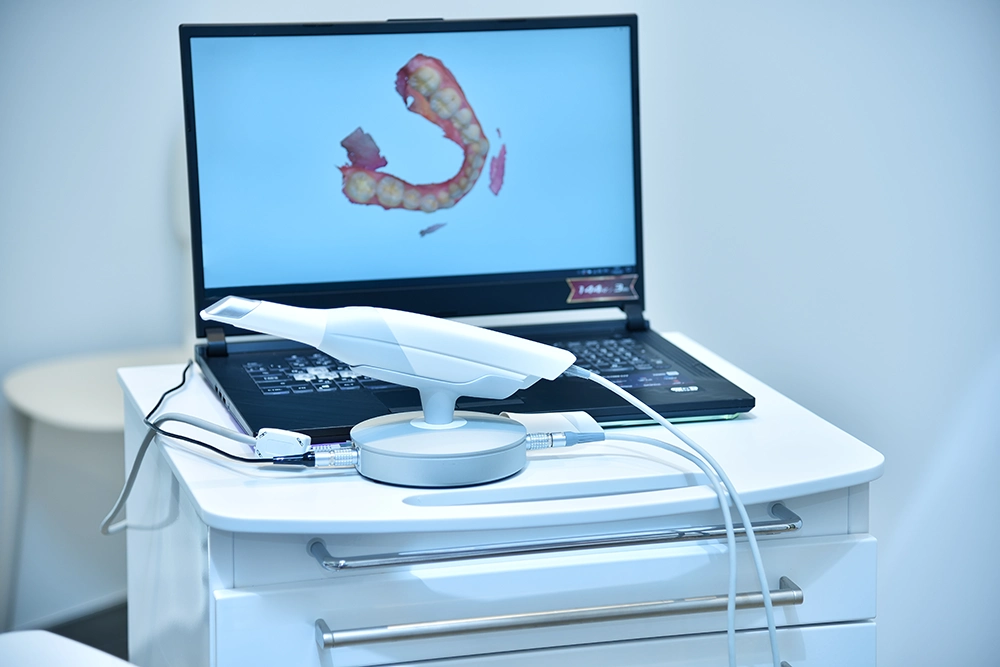
The author of the article
Boris Lipovetskiy, DMD, 31 years experience
If you're worried about any pain associated with veneers, we can confidently reassure you that it does NOT hurt to get veneers. You will not experience any discomfort or pain during the dentist's appointment. Therefore, if you have indications for treatment, you should not postpone your visit to the clinic.
In this article, we will answer the following questions:
Do Veneers Cause Pain?
Veneers are a long-term, predictable, and painless method for correcting aesthetic imperfections of the front teeth. They help preserve the tooth's strong structure.
Normally, adaptation takes up to 10-14 days. During this period, sensitivity may increase. In a study conducted by Maria Granell-Ruiz, it was noted that for most patients, sensitivity subsided after a few days. Patients who corrected misaligned teeth required more enamel preparation, hence sensitivity lasted longer.
To prevent pain, the enamel is delicately etched to a minimal thickness. After preparation and before applying dental cement, the tooth surface is treated with a primer. It protects the ground enamel and exposed dentin, prevents sensitivity, and cavities under both temporary and permanent veneers.
Do Veneers Hurt?
The veneer placement process is painless. The procedure is performed with the patient's comfort in mind. The dentist does not touch the nerve or injure the gums. Enamel is gently polished using modern equipment. Rough, excessive preparation and overheating of the tooth tissues are avoided. The treatment does not affect the health of the pulp or the periodontium.

During all stages of preparation, there are no unpleasant sensations. Procedures that might cause sensitivity or pain are performed under the effect of an anesthetic.
Teeth are prepared by removing 0.3-0.8 mm of enamel. The exact amount to be removed is determined individually by the dentist, depending on the type of material and the patient's tooth condition. Preparation enhances the strength of the veneers, achieves an authentic shade and translucency, and eliminates the risk of discomfort while wearing.

Preparation and treatment are performed with local anesthesia. The patient does not experience any pain during the procedures. In our clinic, we use modern, high-quality anesthetics for pain relief. Before treatment, we ensure there is no individual intolerance to the medication.
Taking impressions of the jaws is an absolutely painless procedure. In our clinic, we conduct intraoral scanning of the jaw without using silicone mass or dental trays.
A miniature camera is placed in the mouth. It takes multiple images and transmits them to a computer. A special program analyzes the data and constructs a three-dimensional virtual model of the jaws, determining the patient's bite.

With intraoral scanning, we create digital models of the jaws in real-time. They are more accurate than those from physical impressions. This eliminates errors in the manufacturing and placement of veneers. We do not touch any unnecessary layer of tooth tissue. Additionally, intraoral scanning eases the preparation for patients with a gag reflex.
The placement of temporary veneers is painless. It is carried out immediately after the enamel has been prepared, while the local anesthesia is still in effect. Based on the digital impressions, the dentist manufactures polymer veneers and attaches them to the tooth surface.

Can Veneers Damage Teeth?
Boris Lipovetskiy
Dentist with 30 years of experience
Veneers protect the teeth from pigments, acids, hot and cold food, and pathogenic bacteria. They prevent changes in enamel shade, tooth wear, and the appearance of cracks, chips, and the development of cavities on the front surface of incisors and canines. With careful planning and placement, the teeth cannot be damaged.
Can the Bite Change After Getting Veneers?
Veneers do not worsen the bite, diction, or chewing function of the front teeth if the planning and placement were done correctly. They cover not only enamel defects and unattractive crown shapes but also can hide large interdental spaces (diastema, tremma), tooth misalignment, and make the smile even.
They can be placed in cases of mild compensated anomalies, where further displacement is not anticipated. However, after the procedure, the patient may be prescribed to wear aligners for bite correction if the clinical situation requires it. For significant bite disorders, orthodontic treatment is required beforehand.
What Should I Do If Veneers Cause Pain?
Schedule an appointment with your dentist if you feel discomfort. Pay attention to the following signs:
-
Sensitivity lasting more than two weeks;
-
Sharp pain;
-
Difficulty chewing;
-
Disturbed speech;
-
Cracks, chips, or detachment of the veneer.
In our clinic, we replace old, damaged, and improperly placed veneers. We use E-max, porcelain veneers, and zirconia veneers. They are durable and mimic the properties of enamel.
We will conduct an examination, scan the oral cavity, and determine the cause of the pain from the veneers. In preparation for the procedure, we take into account the characteristics of the teeth and the relationship between the jaws and dental rows.
FAQ
Placing veneers over fillings, including large ones, is possible, but each case is assessed individually by the dentist. Old, poor-quality fillings are unreliable and are removed. The dentist also needs to ensure there is no underlying decay. If necessary, new fillings are placed.
Sources of information
- Analysis of the effects of prepared porcelain veneers and unprepared porcelain veneers on gingival crevicular flora based on high-throughput sequencing. Rui Zhang et al. Exp Ther Med. 2021; 22(1): 777.
- Patient Awareness of Soft-Tissue Irritants After Placement of Porcelain Laminate Veneers - PMC (nih.gov)
- Porcelain laminate veneers. A retrospective evaluation after 1 to 10 years of service: Part II--Clinical results. Dumfahrt H, Schäffer H. Int J Prosthodont. 2000; 13:9–18.
- A clinical longitudinal study 323 porcelain laminate veneers. Period of study from 3 to 11 years. Granell-Ruiz M et al. Med Oral Patol Oral Cir Bucal. 2010; 15:0–7.
- Porcelain veneers: a review of the literature. Peumans M et al. J Dent. 2000; 28:163–177.


